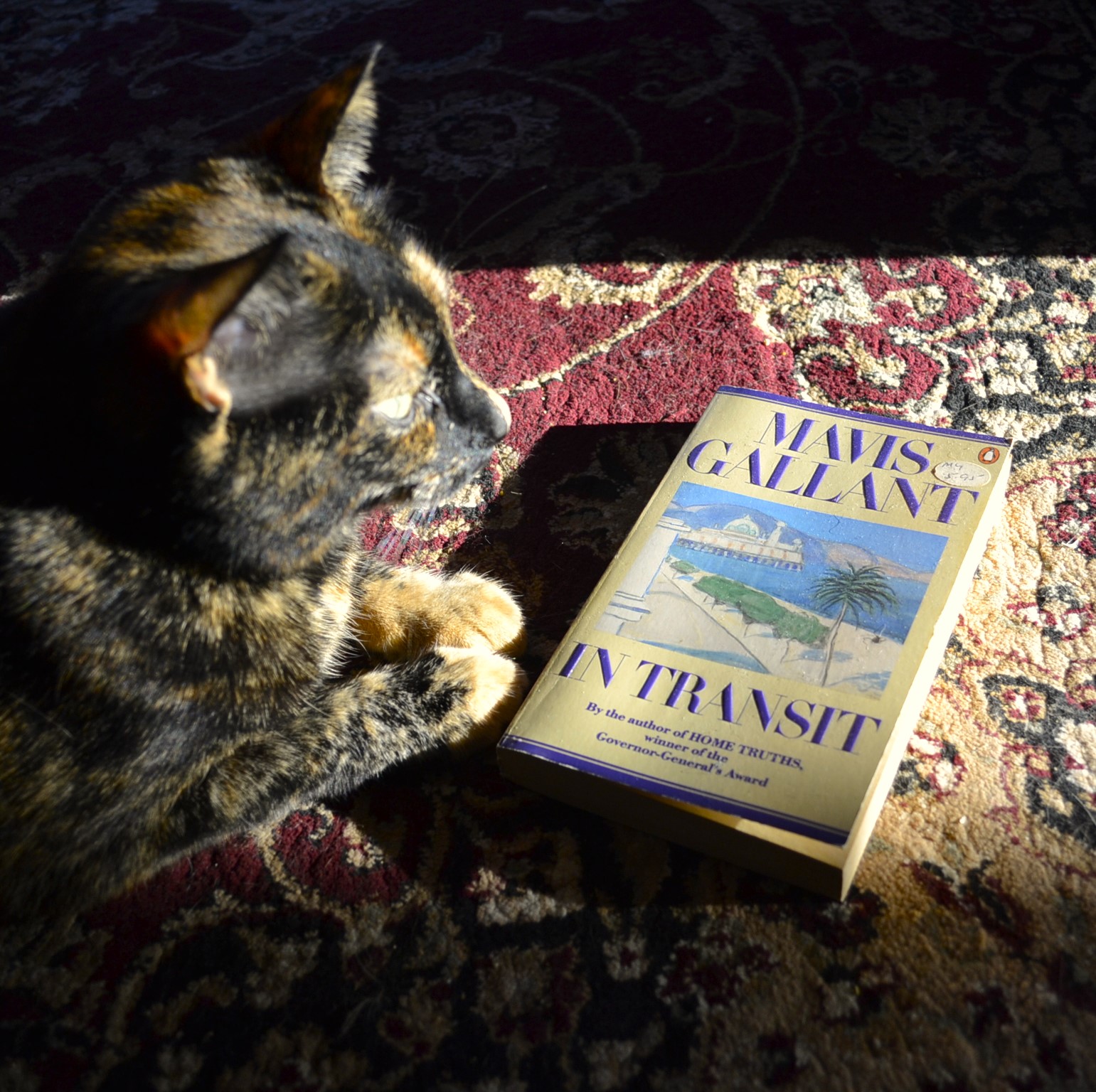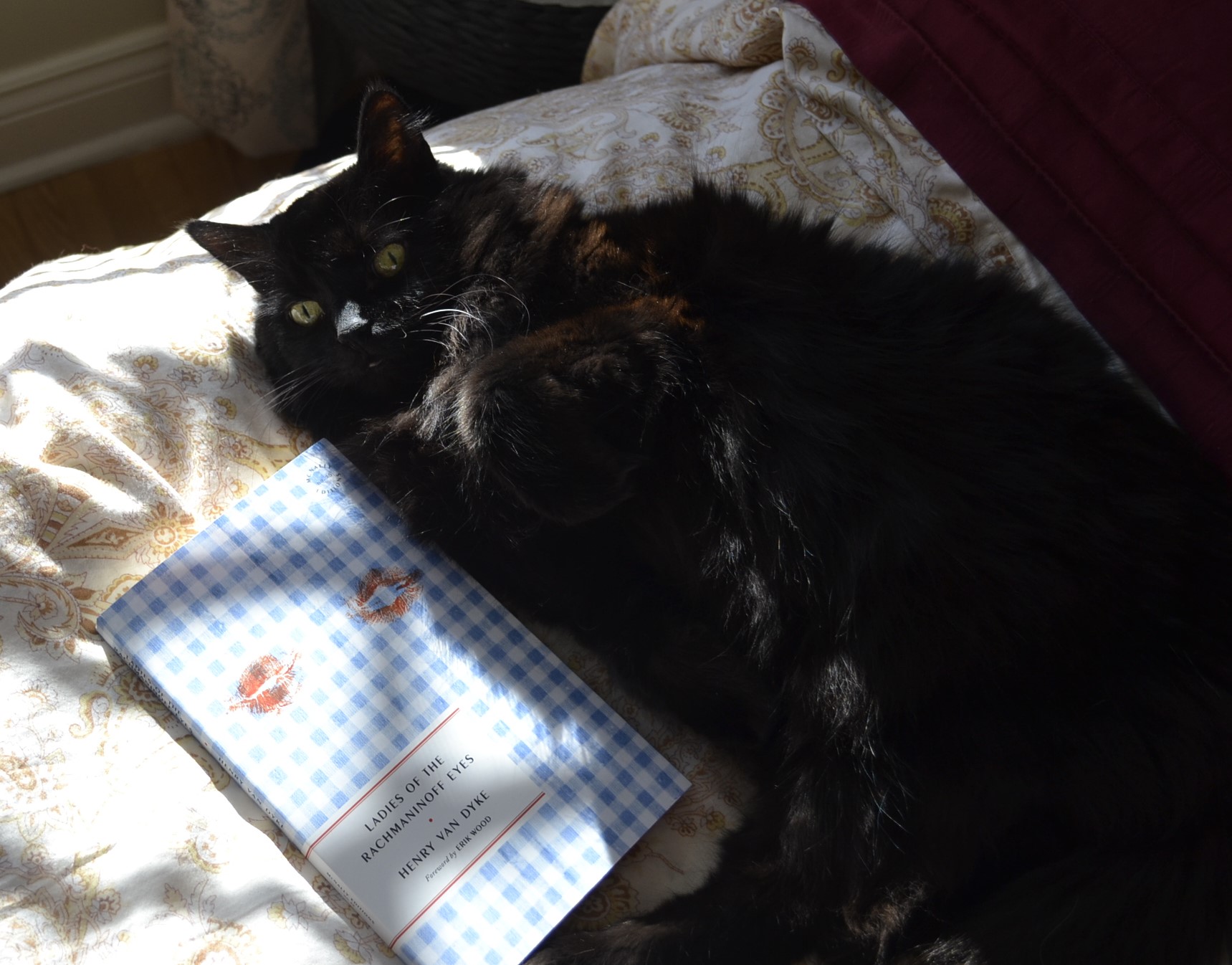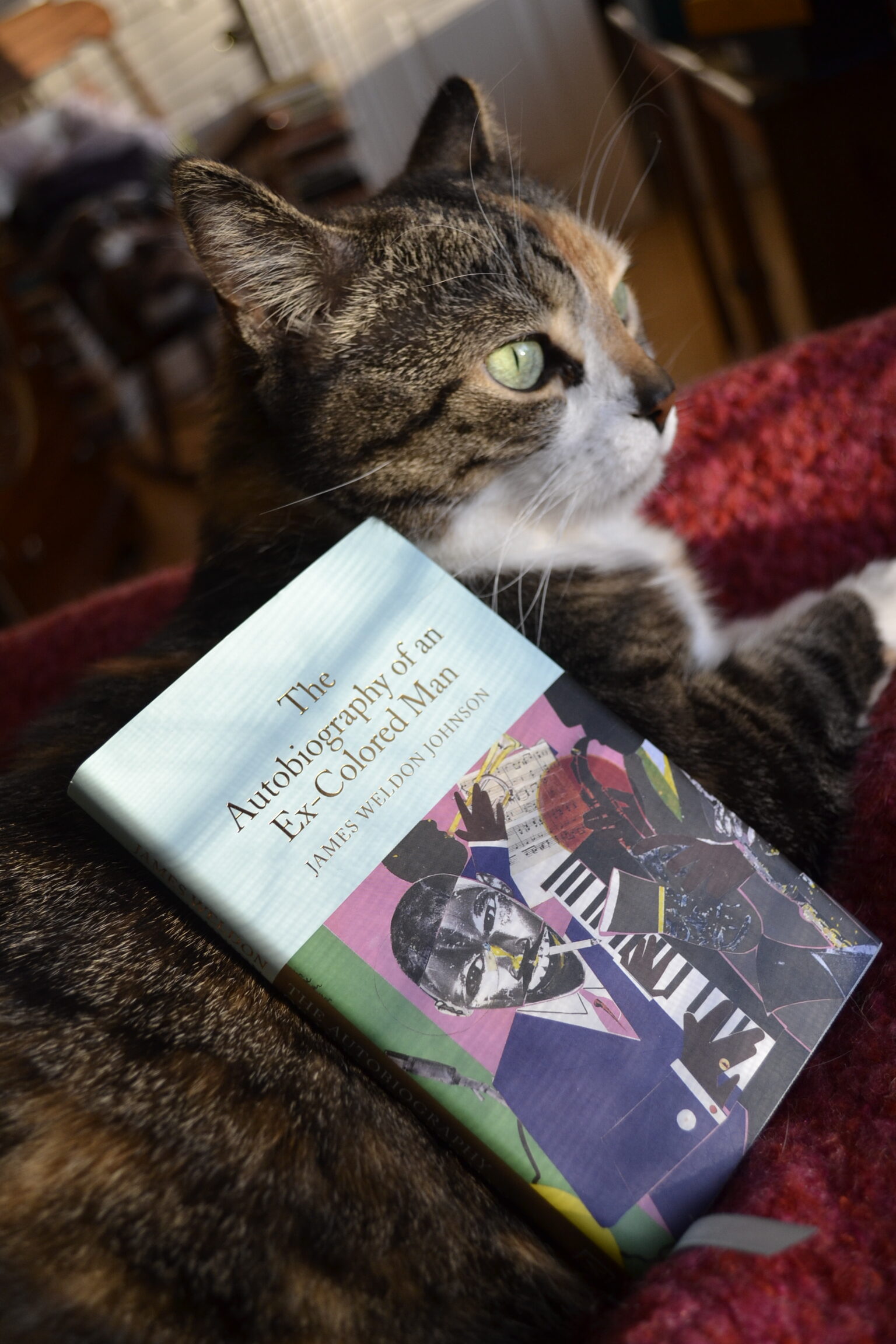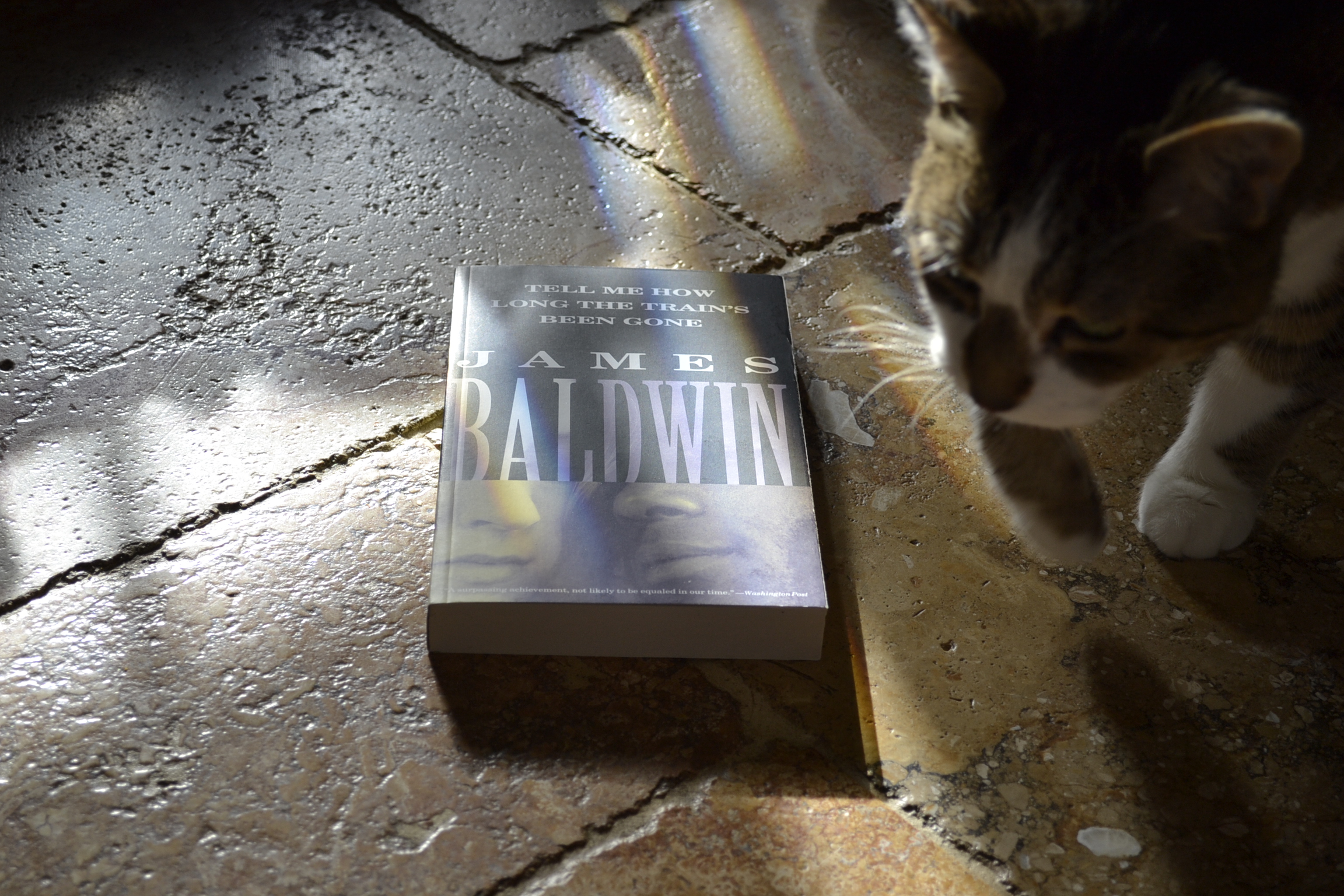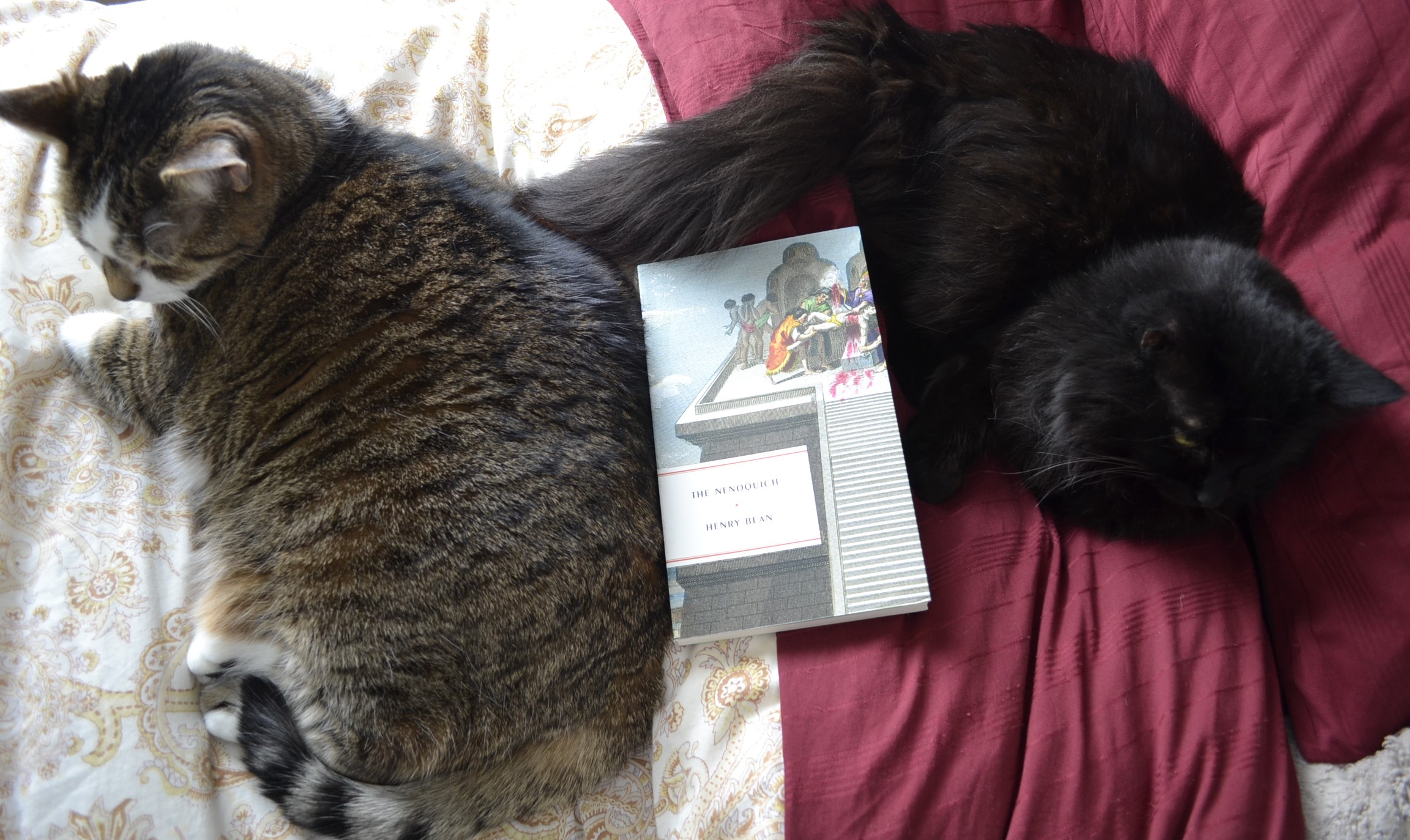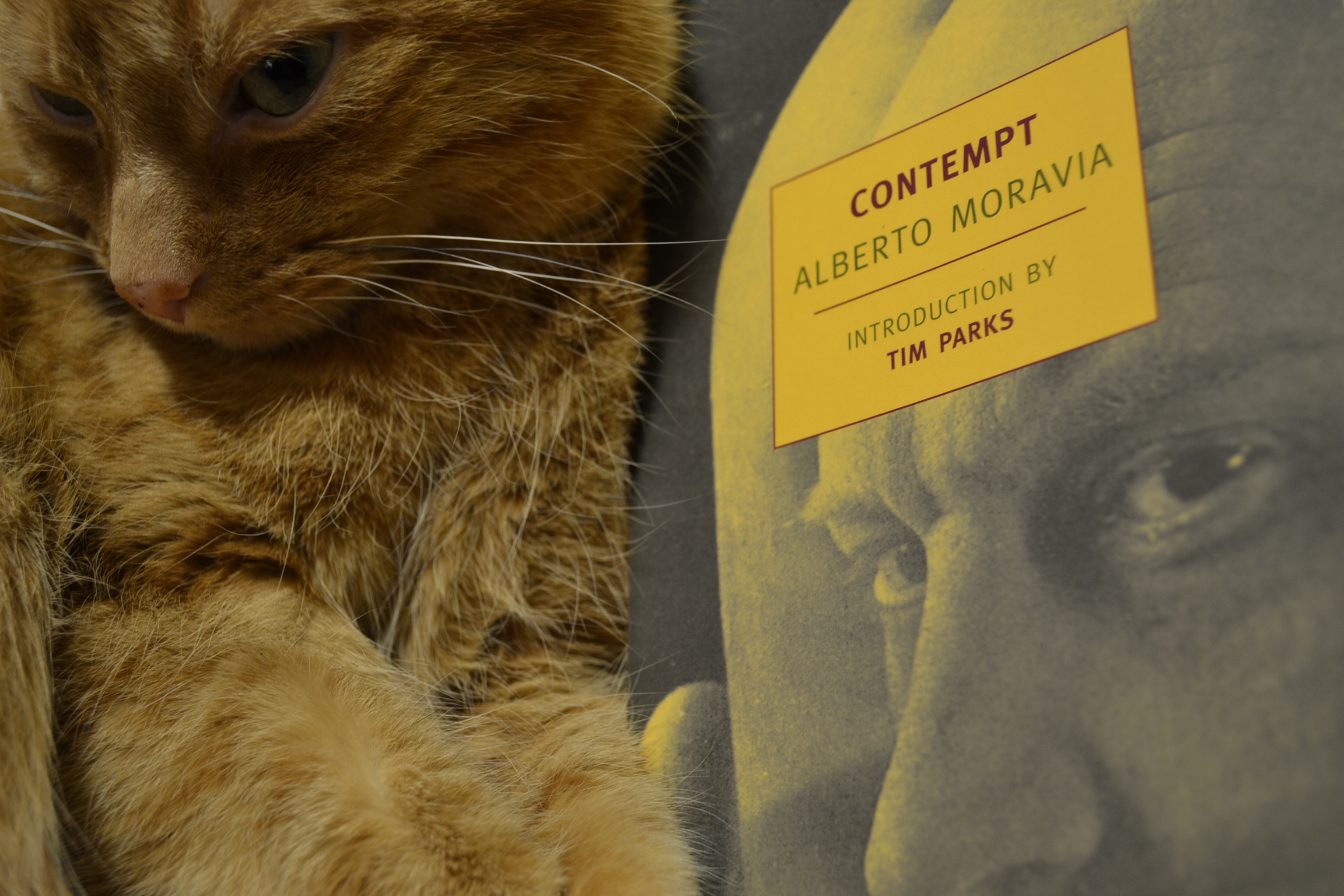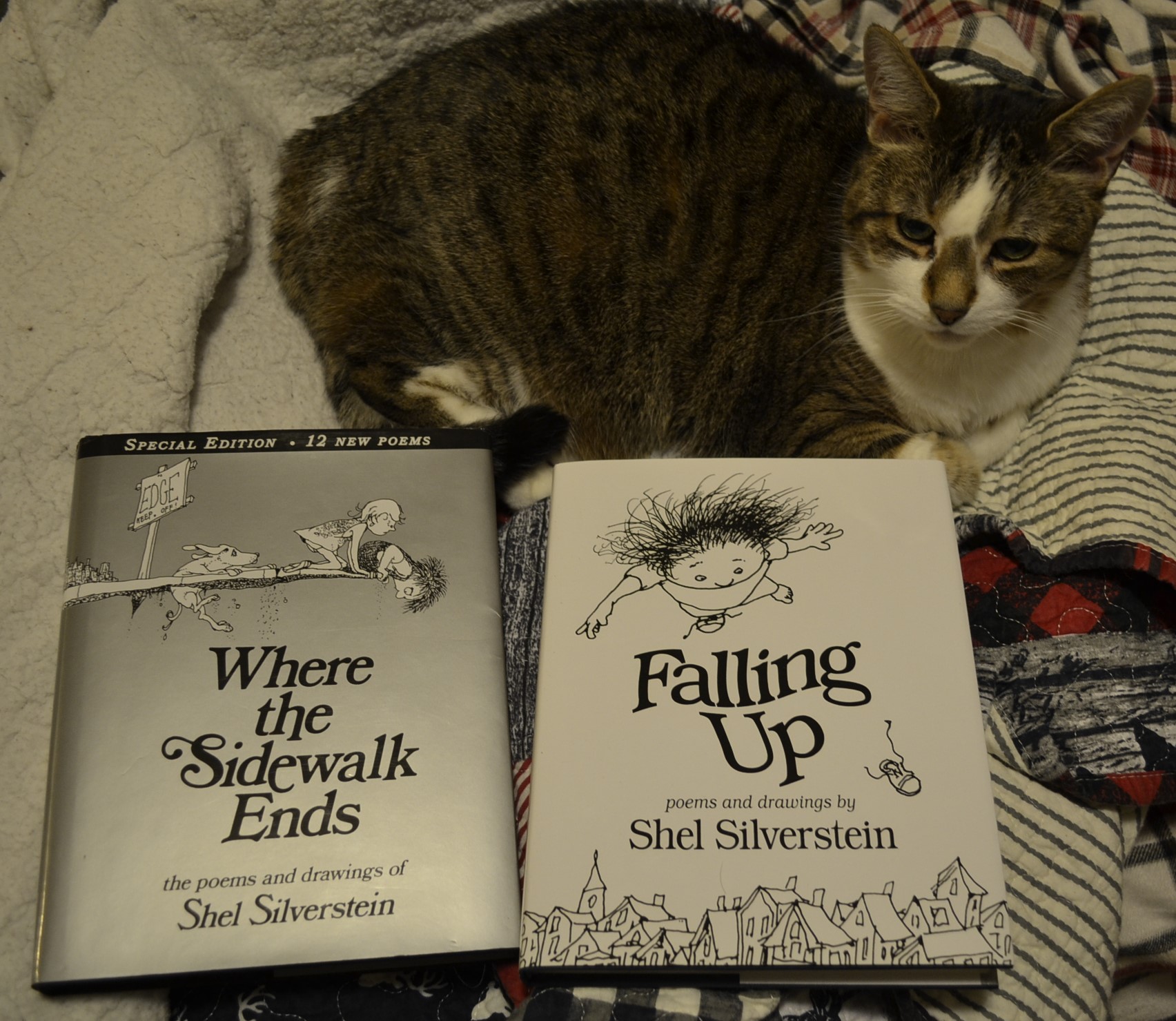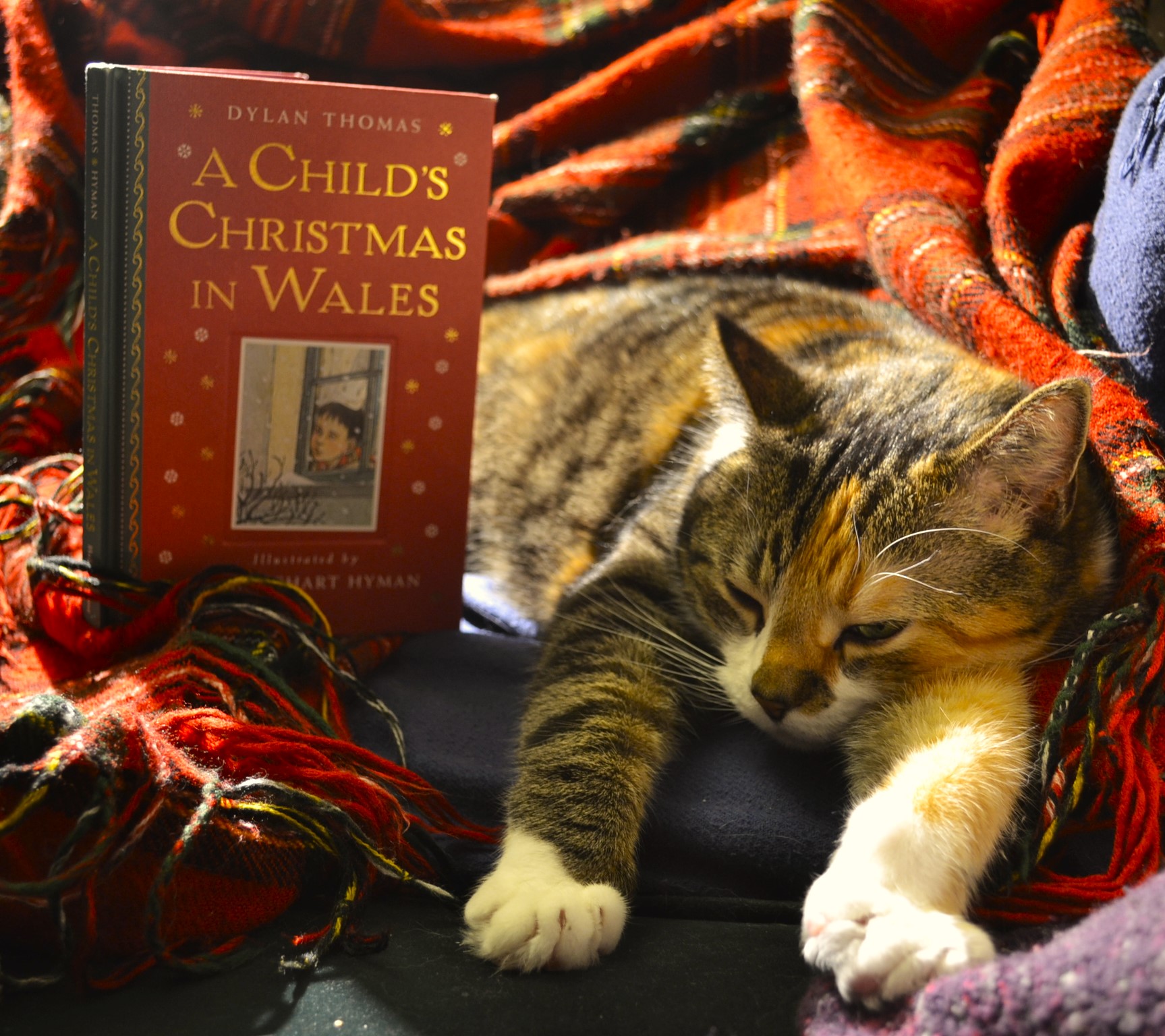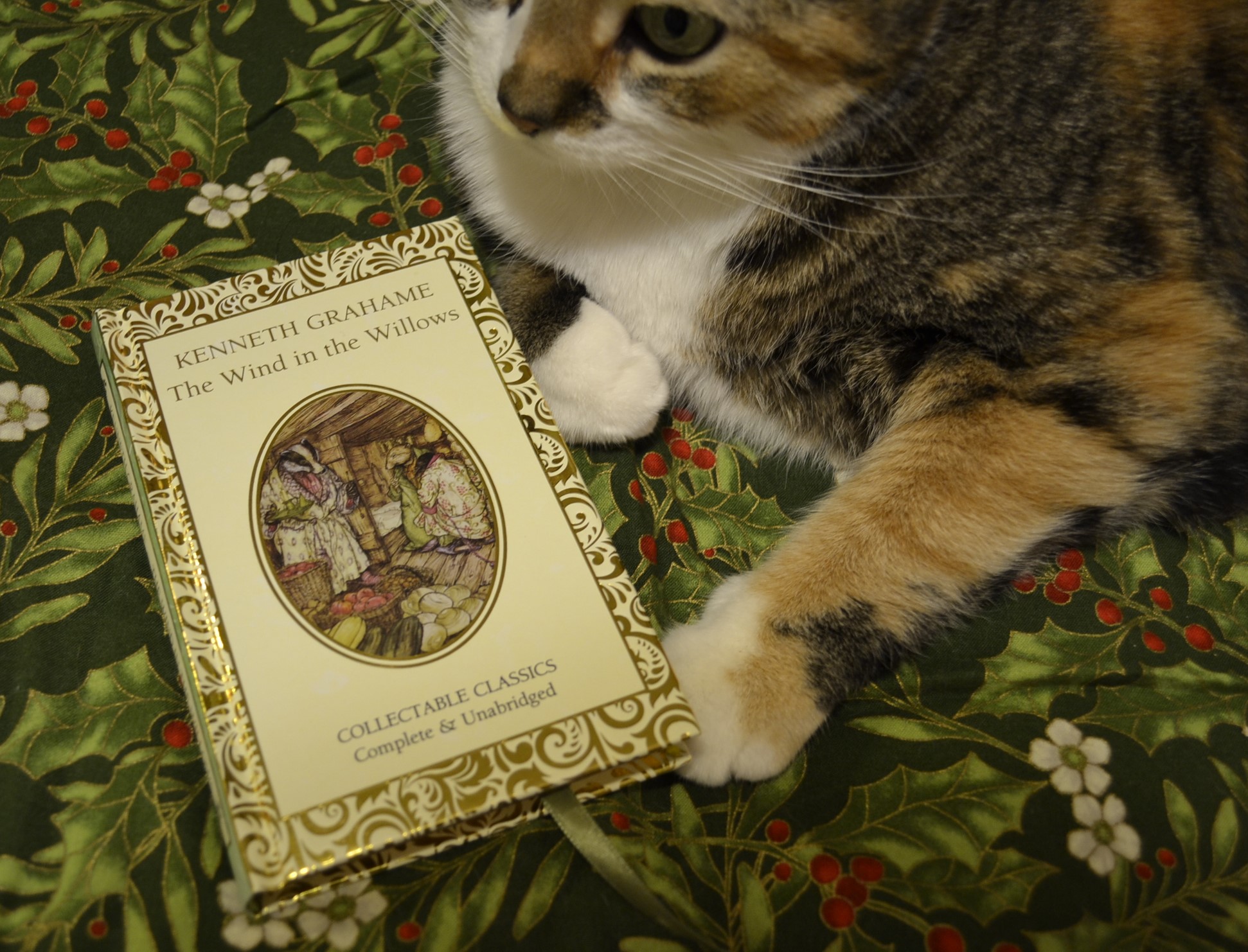In Transit
Unlike most short story collections, In Transit is a work that I would recommend considering as a whole. Though the stories were published separately and years apart, they share a very similar theme. All of them are about being lost in time, lost in space, and lost somewhere far from home.
